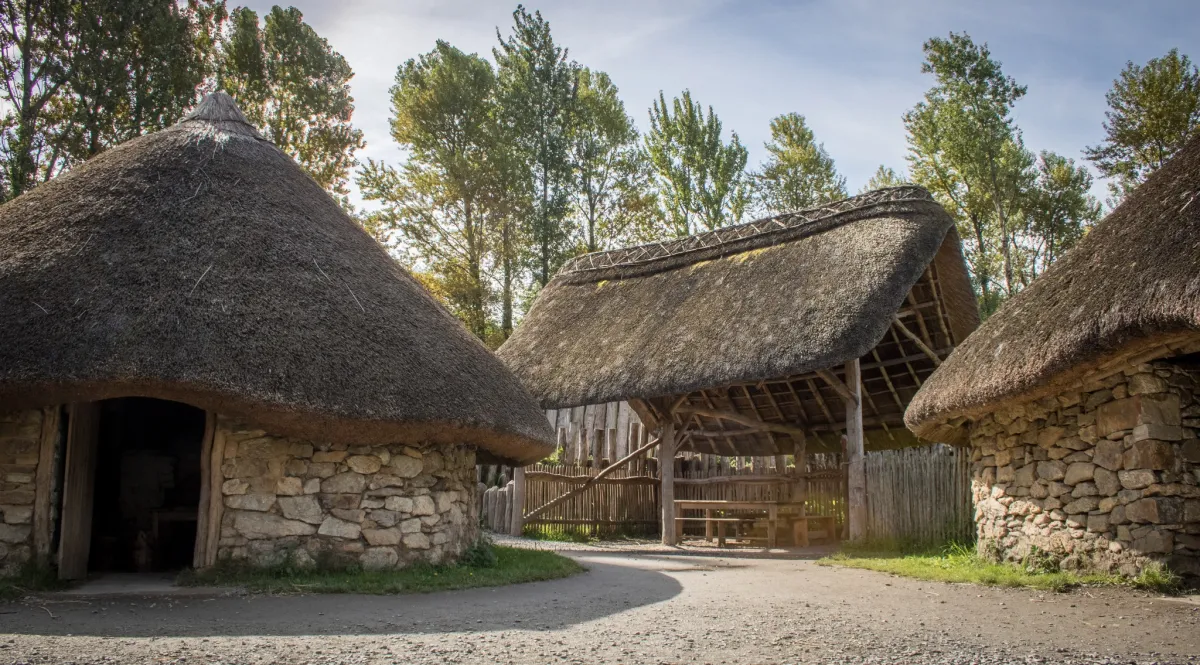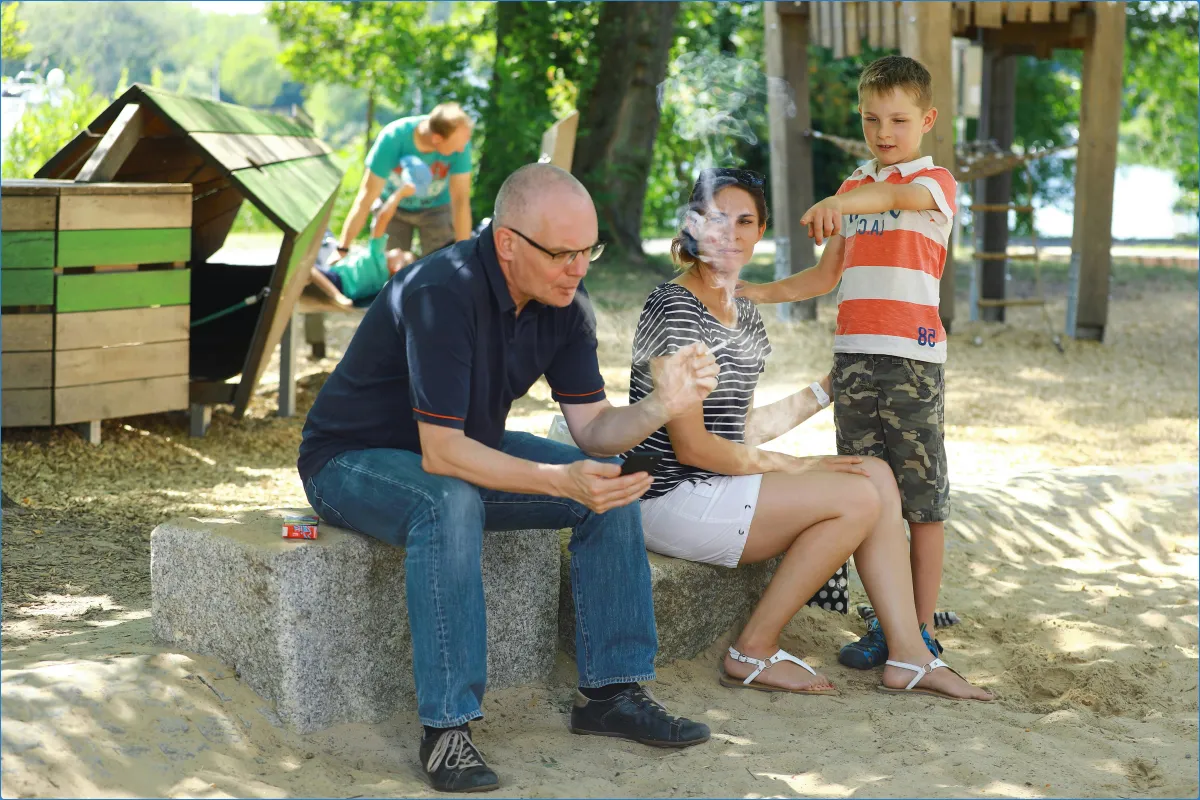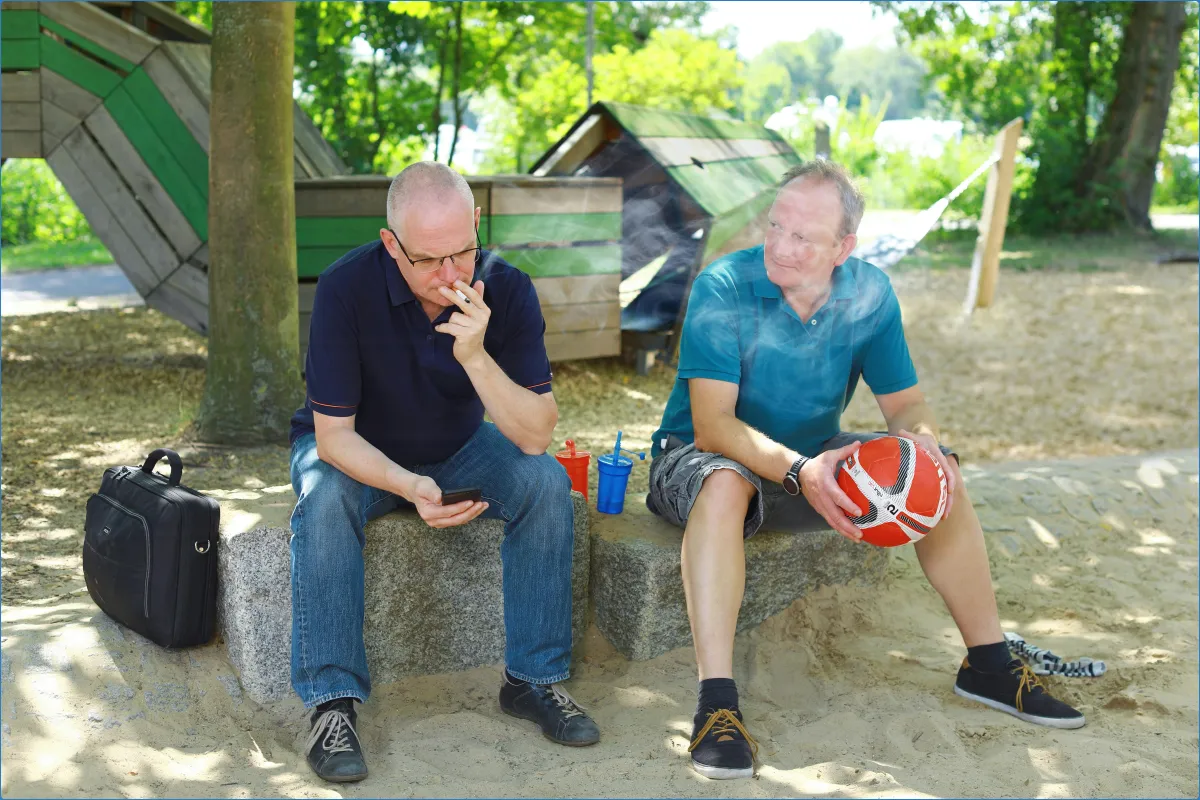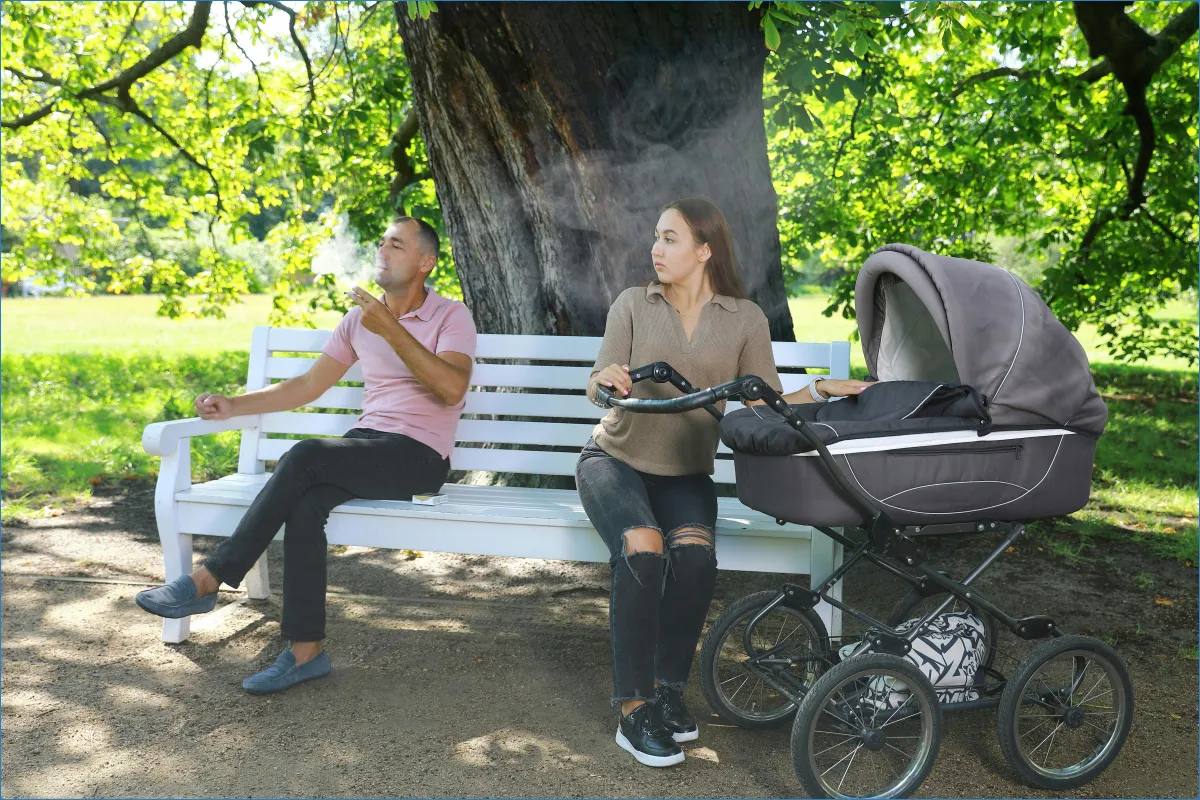10.5 °c Wind speed: 8 km/h Precipitation: 84 % Cloudiness: 84 % Humidity: 90 mm Pressure: 84 mb
Irish National Heritage Park
WX
Ireland
Description
Archaeology and history tell us much about how we talk, the placenames surrounding us, and the music we listen to. The Irish National Heritage Park reveals the lives of our ancestors who shaped our lives. Join one of the three guided tours or take off on your own adventure through the park.
Open-air museum
Wander through ancient trees and pools of water to experience what Ireland must have looked like to our Stone Age ancestors. Look out for swamps filled with mosses and lichens, and see the vibrant birdlife and insects who live here. The site at Ferrycarrig, just outside Wexford Town, is an ideal location for an open-air museum. It includes the remains of the first fortification built by the Anglo-Normans in Ireland. As you journey through the park, enjoy authentic settings.
The Irish National Heritage Park is based in Ferrycarrig, Co. Wexford. Here, 9000 years of Irish history is brought to life by creating authentic reconstructions of the various types of buildings and sites that have been commonplace in Ireland over the years. These include homesteads, places of ritual, burial sites, and long-forgotten remains.
There are all kinds of buildings and historical features, from the Dolmen to Fulacht Fiadh and the Crannog to the Viking Ship. Situated on 35 acres, it comprises a variety of landscapes, from hillside to estuary to woodland and riverbank. Opened in 1987, it was one of the first experiential museums. The museum continues to offer a range of activities, workshops, and courses for visitors of all ages up to this day.
The park is a 2-hour drive from Dublin City and is accessible by bus and train. From Wexford Station, you can take a local bus or taxi directly to the park. An adult ticket is €14, and kids under 4 are free.
Reconstructions
The park has 16 reconstructed sites on display. The construction methods and materials are as close to the originals as possible to make the premises appear authentic to the visitor.
Some of the most popular features found here are the crannóg. Homesteads on an artificial island called crannógs were constructed during the Stone Age. In essence, a crannóg is a rath (a fortified, circular home) in water that would protect a household. The materials used were mainly brushwood, peat, stones, and bones. The site's discovery of jetties and canoes proved that access to the crannóg was by boat.
The horizontal watermill is one of the world's first automatic machines, although its origins remain a mystery. Introduced in the early 7th century, it became a common feature of the Irish countryside by the following century. The mills would have mostly been owned by families or small communities, although some monasteries also used them. A spray of water from a reservoir would help turn the wheel, and dam gates controlled the water.
The Fulacht Fiadh is a method of cooking from prehistoric Ireland. After a day's hunting, it was customary to set up camp and prepare a feast. The location of Fulacht Fiadhs is easily recognizable. They would be set up on low, marshy ground and close to a river or lake, as a steady water supply was required. Rocks from a nearby fire were used to boil the water and keep it heated.
Wander through time
The park tells the story of Ireland from the Prehistoric period (c.10,000 years ago) up until the Norman invasion, which began in 1169. You can take one of three guided tours. The costumed tour guide will lead you through the chosen time period.
- Pre-Historic Ireland
The tour takes us back to basics, exploring the lives of the first humans to inhabit Ireland. With all the discoveries about the Stone Age period, it appears their lives were more sophisticated than we thought. These nomadic people lived in family groups, worked closely, and shared gathering, hunting, and fishing skills. On this tour, you can explore recreated Stone Age dwellings, megalithic tombs, ring forts, and dolmens.
- Early Christian Ireland
On tour, discover the mystical language of the ogham, inscribed standing stones, and take in high crosses, a reconstructed round tower, and a stone church. Christianity had a massive impact on Ireland. There were a lot of monasteries whose ruins can still be seen across the countryside. Many Irish place names contain the words ‘Rath’ or ‘Lios’, indicating a ringfort or cashel in that area at one time. This period also saw significant developments in agriculture and technology.
- Age of Invasion
The tour details the Vikings' arrival in the late 8th century. Over time, they were drawn into the Irish way of life, intermarrying with the Irish population, establishing port towns, and minting silver coins. Many Viking placenames and loanwords, such as Wexford or Selskar, are still used in Ireland today.
In 1169, Diarmuid MacMurchada, the deposed King of Leinster, invited the Anglo-Normans to Ireland to help him reclaim the throne. The Anglo-Normans would go on to establish more towns across the country and build stone castles.
Traces of the invaders can be found across the island, from Viking monuments and artefacts in Waterford to Norman castles such as Trim Castle in County Meath. The most popular tour features the Viking site, including a Viking longhouse, boathouse, and Viking ship built in 2006 by the Viking Ship Museum in Roskilde. You may also visit the Falconry Centre on the Hill of Carrig, where the Anglo-Normans possibly kept hunting birds.
Visitors can also book "Daily Life in the 10th Century" (€55). It is a one-hour guided experience where they learn all about Vikings, from clothing and armour to buildings. Dressed in a Viking Tunic, you will think, behave and breathe like one of the first Vikings to invade and live in Ireland. Visitors will gain insights into Viking traditions and customs in the Royal House of the Crannog. Strike a Viking coin to bring home and march to the Viking Boat yard for a photo opportunity. You may stay in the Viking longhouse overnight and live like a Viking for a day.







Comments